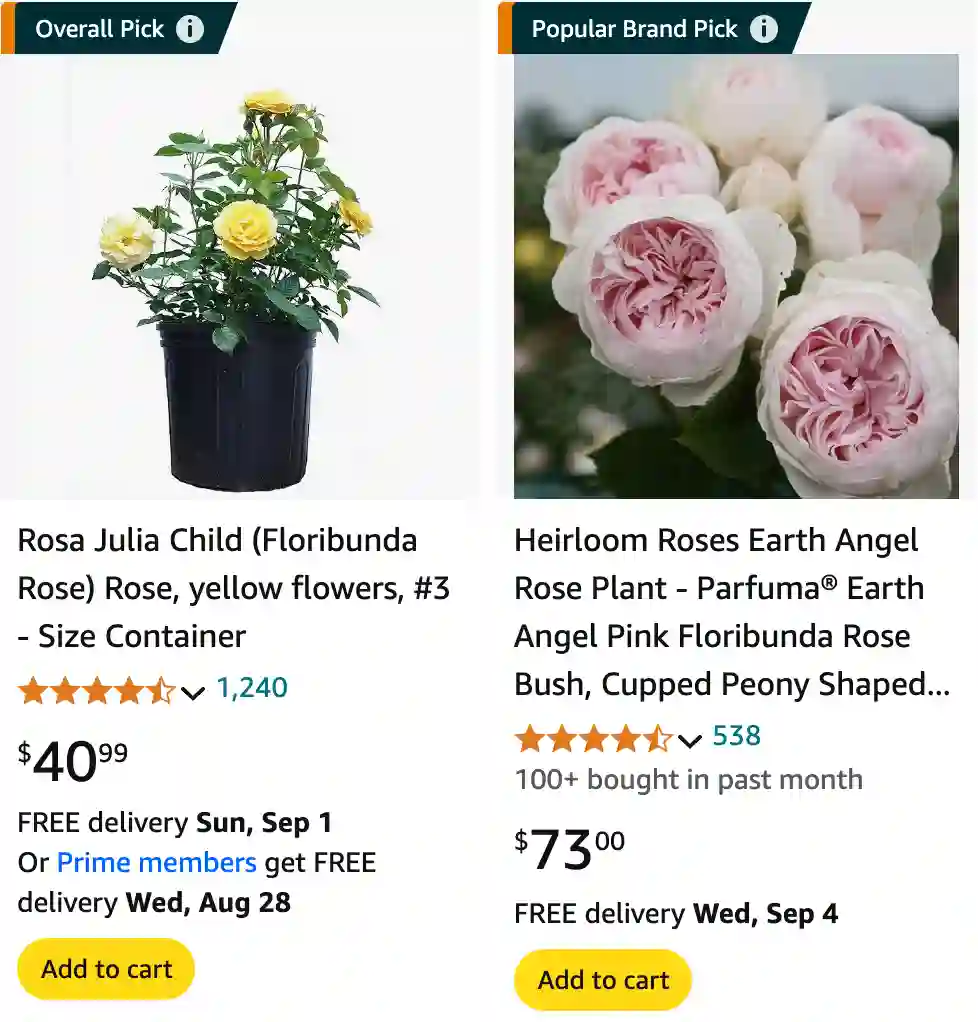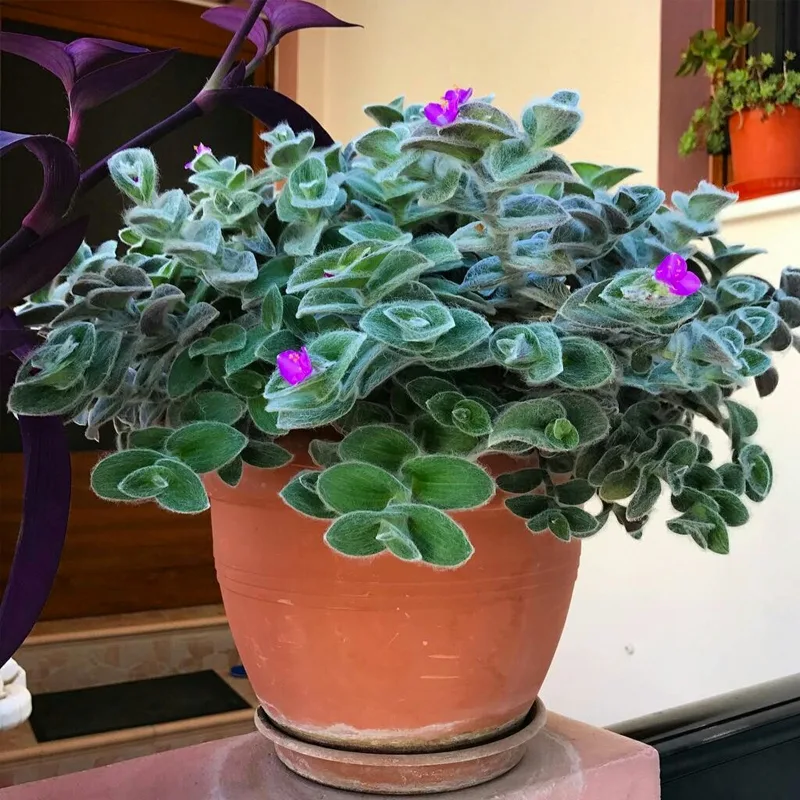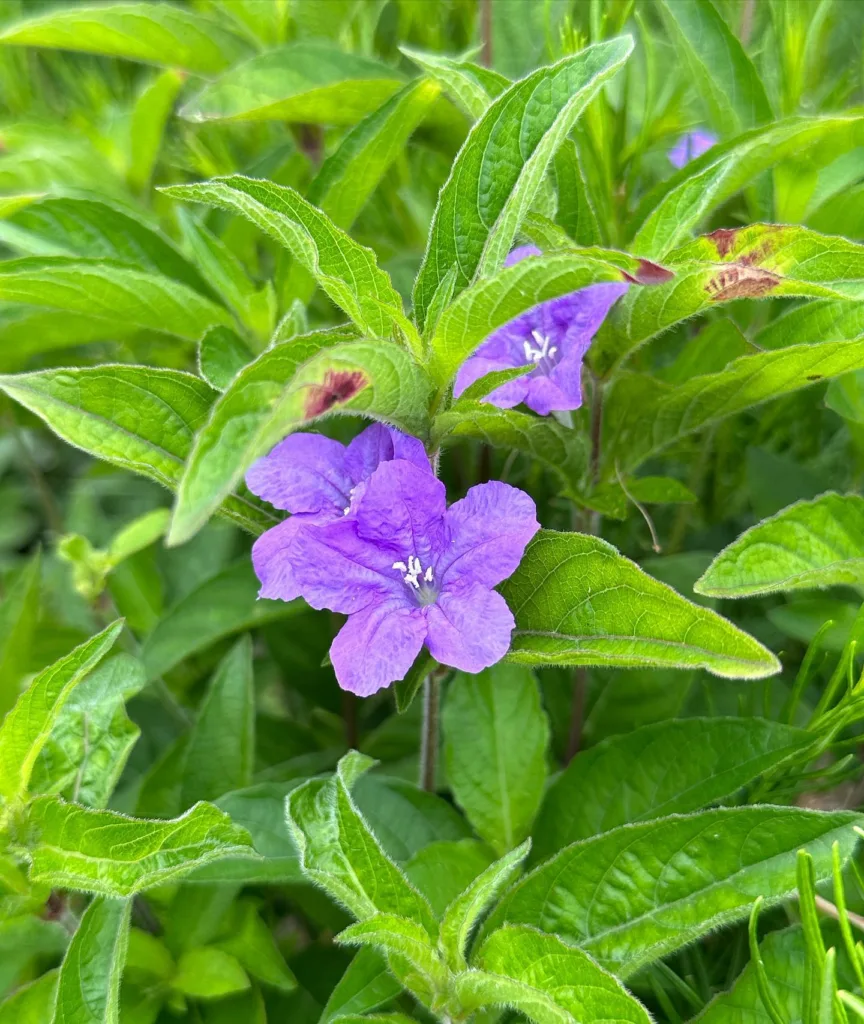
What is a Floribunda Rose?
A Floribunda Rose is a popular variety of rose known for its abundant, cluster-blooming flowers. Unlike hybrid tea roses, which produce single large blooms, Floribundas are celebrated for their profusion of smaller flowers arranged in clusters. They offer a continuous display of color throughout the growing season, making them a favorite among gardeners who love a vibrant, ongoing floral show.
391 Species in Genus Rosa
Are Floribunda Roses Perennial?
Yes, Floribunda Roses are perennials. They are hardy plants that come back year after year, adding beauty to your garden season after season. With the right care, a Floribunda Rose can thrive and continue to produce beautiful blooms annually. This makes them a great choice for long-term garden planning.
How Big Does a Floribunda Rose Get?
Floribunda Roses typically reach a height of 2 to 4 feet and can spread 2 to 3 feet wide. Their compact size makes them suitable for both small and large gardens. They work well as hedges, borders, or standalone specimens, depending on your landscaping needs.
How to Plant a Floribunda Rose?
Planting a Floribunda Rose is fairly straightforward. Choose a spot with well-draining soil and full sun exposure—ideally, at least 6 hours of sunlight a day. Here’s a step-by-step guide:
- Prepare the Soil: Amend the soil with compost or well-rotted manure to ensure good drainage and fertility.
- Dig the Hole: Make a hole that’s about twice as wide as the root ball and the same depth.
- Plant: Position the rose in the hole so that the graft union (where the rose variety meets the rootstock) is level with the soil surface.
- Backfill: Fill in around the root ball with soil and water thoroughly.
- Mulch: Apply a layer of mulch to retain moisture and suppress weeds.
How to Prune a Floribunda Rose Bush?
Pruning is essential for maintaining the health and beauty of your Floribunda Rose. Here’s how I handle it:
- Timing: Prune in late winter or early spring, just as new growth begins.
- Remove Dead Wood: Cut back any dead or damaged stems first.
- Shape the Plant: Trim the bush to maintain a pleasing shape and remove any crossing branches.
- Encourage New Growth: Cut back the previous year’s growth by about one-third to promote new blooms.
- Clean Cuts: Use sharp, clean shears to make smooth cuts and avoid damaging the plant.
What Does a Floribunda Rose Look Like?
Floribunda Roses are known for their showy clusters of blooms. The flowers can range from small to medium-sized and are often found in a wide array of colors including reds, pinks, oranges, and yellows. The foliage is usually dark green and provides a lush backdrop to the vibrant blooms. Overall, Floribundas offer a dense and bushy appearance that makes them a striking addition to any garden.
Can I Plant a Floribunda Rose in a Pot?
Absolutely! Floribunda Roses can thrive in pots, which makes them versatile for patios or small spaces. Choose a large pot with good drainage and use a high-quality potting mix. Make sure the pot is big enough to accommodate the rose’s root system and water it regularly to keep the soil moist but not waterlogged.
Floribunda Rose vs Knockout Rose
When comparing Floribunda Roses to Knockout Roses, there are a few key differences. Floribundas are known for their cluster of blooms and are often chosen for their diverse color range and continuous flowering. Knockout Roses, on the other hand, are renowned for their durability and disease resistance. They require less maintenance and are ideal for low-care gardening. Both are excellent choices, but your preference might depend on your garden’s needs and how much time you have for maintenance.
Floribunda Rose vs Hybrid Tea
Floribunda Roses and Hybrid Tea Roses offer different aesthetics and care requirements. Hybrid Teas are famous for their large, single blooms and long stems, which make them perfect for cutting and arranging. Floribundas, however, provide a more continuous floral display with their clustered blooms. Hybrid Teas typically require more attention in terms of pruning and pest control, while Floribundas are generally more forgiving and easier to manage.
How to Care for a Floribunda Rose?
Caring for a Floribunda Rose involves regular watering, fertilizing, and monitoring for pests and diseases. Here’s a simple routine:
- Watering: Keep the soil consistently moist but not soggy. Water at the base of the plant to avoid wetting the foliage.
- Fertilizing: Feed with a balanced rose fertilizer every 4 to 6 weeks during the growing season.
- Mulching: Apply mulch to retain soil moisture and prevent weed growth.
- Pest and Disease Control: Regularly inspect for signs of pests or diseases and take appropriate measures, such as using insecticidal soap or fungicides.
How to Propagate a Floribunda Rose?
To propagate a Floribunda Rose, you can use stem cuttings. Here’s how:
- Select Healthy Stems: Choose healthy, non-flowering stems from the current season.
- Cuttings: Take 6-8 inch cuttings just below a leaf node. Remove the lower leaves, leaving a few at the top.
- Prepare the Cuttings: Dip the cut end in rooting hormone.
- Plant: Insert the cuttings into a pot with a mix of peat and perlite.
- Care: Keep the cuttings in a warm, humid environment until roots develop.
What to Plant with Floribunda Roses?
Floribunda Roses pair beautifully with other perennials and annuals. Consider planting them alongside lavender for a complementary fragrance or with ornamental grasses for added texture. Companion plants like salvias, geraniums, and daylilies also enhance their visual appeal while creating a vibrant garden display.
Can You Grow Floribunda Roses Indoors?
While it’s possible to grow Floribunda Roses indoors, they generally perform better in outdoor gardens where they can receive ample sunlight. If you do choose to grow them indoors, ensure they get plenty of light and are in a well-ventilated space to prevent disease.
Is the Floribunda Rose Toxic?
Floribunda Roses are not considered toxic to humans or pets. However, it’s always a good idea to avoid ingesting any part of the plant and keep an eye on pets to prevent them from chewing on the leaves.
Benefits of Growing Floribunda Roses
Growing Floribunda Roses offers numerous benefits. They provide continuous blooms, are relatively easy to care for, and can brighten up any garden with their vibrant colors. Their versatility also allows them to fit various garden styles, from formal to informal settings.
Common Problems with Floribunda Roses
Common issues with Floribunda Roses include susceptibility to fungal diseases such as black spot and powdery mildew. Regular maintenance, proper spacing, and good air circulation can help mitigate these problems. Watch for pests like aphids and spider mites, which can also affect the health of your rose bushes.
By understanding these aspects of Floribunda Roses, you can make informed decisions about incorporating them into your garden. Whether you’re a seasoned gardener or just starting, Floribunda Roses offer a beautiful and rewarding addition to any landscape.
If i die, water my plants!



